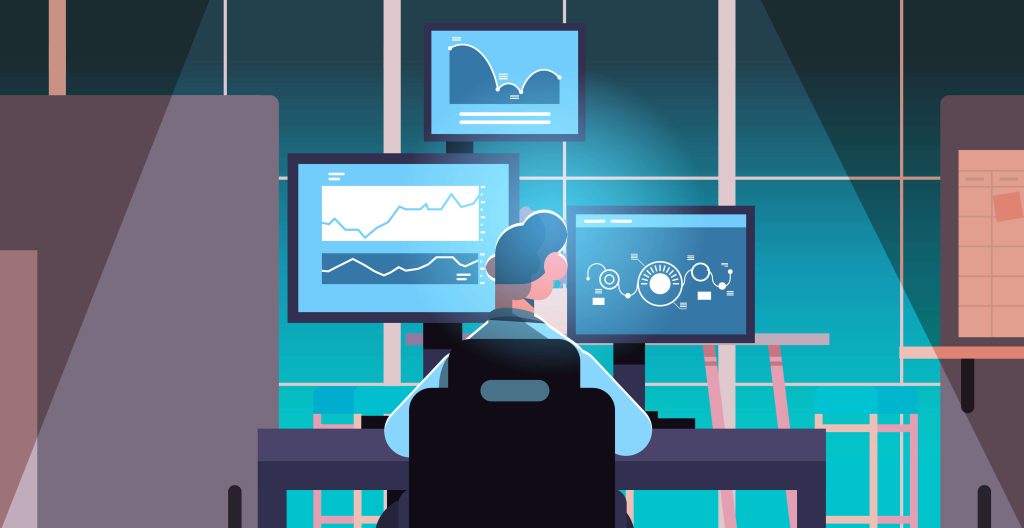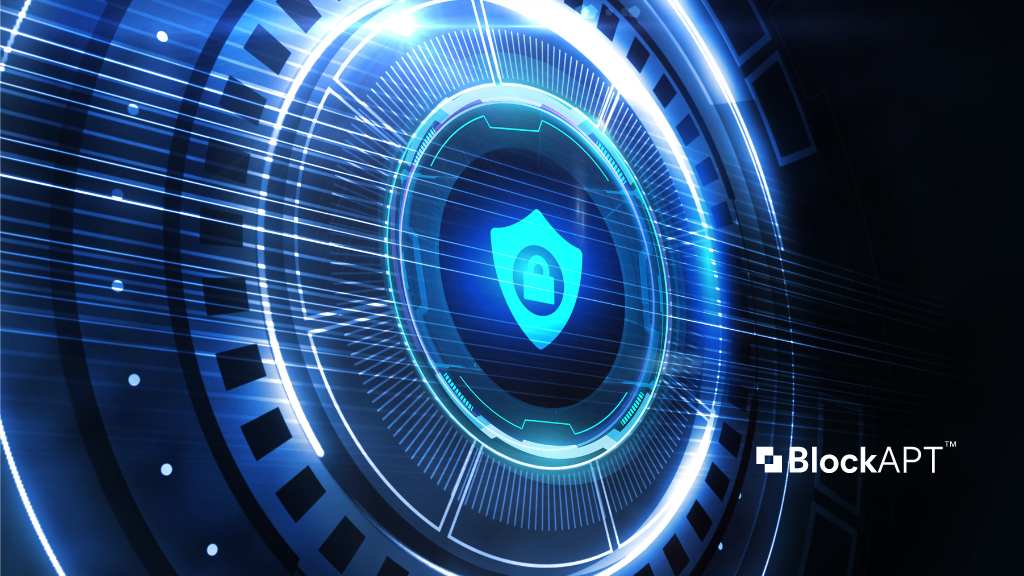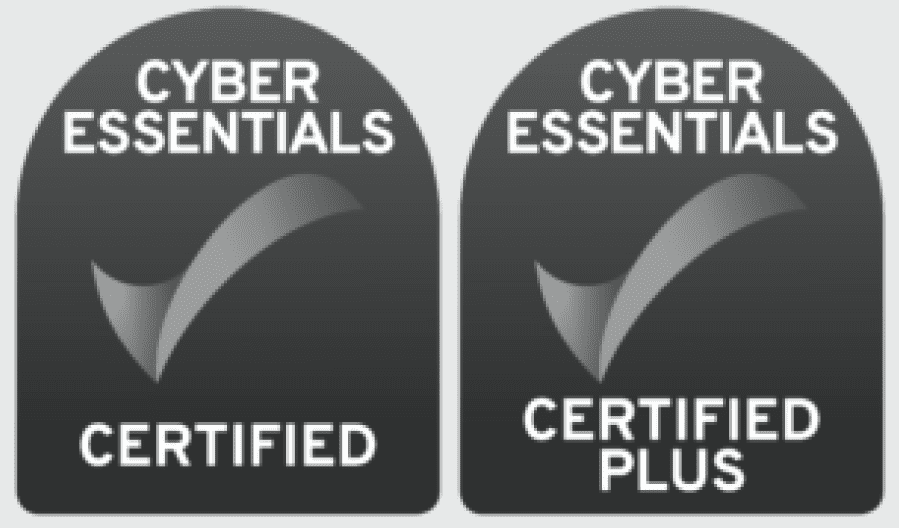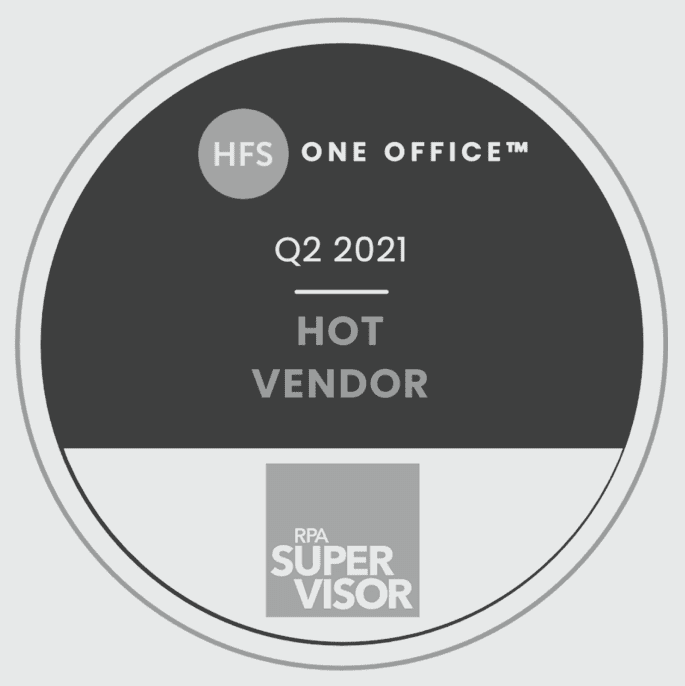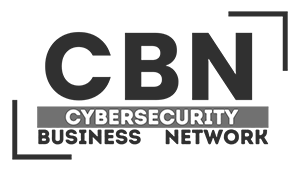Meet Paul – Security Analyst:
- Strong data analysis skills
- Solid sense of logic
- Ingenuity
- Skilled problem solver
- Orientation to detail

As a Security Analyst, your primary responsibility is to protect your organisation’s information and technology assets from cyber threats. To do this effectively, you need to be analytical, detail-oriented, and knowledgeable about security threats and mitigation strategies. You are expected to work well under pressure and make decisions quickly, and you must be able to communicate effectively with other stakeholders across the organisation.
Your job requires you to be vigilant and proactive in monitoring, analysing, responding to security incidents and identifying vulnerabilities which can put the business at risk. This requires familiarity with various security tools and technologies, such as firewalls, antivirus software, and intrusion detection systems.
You start your day by reviewing and analysing security alerts that have been triggered overnight to determine their severity, always looking for any threats that need immediate attention. You work with other security analysts to investigate any incidents and determine the root cause of the issue. It’s your responsibility to provide recommendations for remediation and work with other teams to ensure that the issue is addressed quickly.
Throughout the day, you monitor all network traffic, looking for any suspicious activity. You also spend time reviewing security logs and performing vulnerability assessments to identify any potential security risks. Sometimes, managing large volumes of security alerts and false positives can be overwhelming, and you begin to feel alert fatigue.
On any given day, you have the challenge of balancing the need to protect sensitive data with the need to maintain user productivity. This balancing act is part of your daily responsibilities which include but are not exhaustive to:
- Monitoring security alerts and analysing security logs from various sources, such as SIEM, IDS, firewalls and threat intelligence feeds, to identify potential security threats.
- Conducting security investigations and forensic analyses to determine the nature and scope of security incidents, and to identify potential impact and risks.
- Collaborating with other IT and security teams to respond to security incidents and mitigate their impact.
- Providing recommendations for remediation and prevention of security incidents and ensuring that security controls and policies are effective.
- Conducting vulnerability assessments and penetration tests to identify weaknesses in the organisation’s IT infrastructure and applications.
- Participating in incident response exercises and tabletop exercises to test the organisation’s response to security incidents.
Time is precious but you still need to keep up with industry trends and threat intelligence and apply that knowledge to improve the company’s security posture.
And your job doesn’t end there. You have to attend meetings with other security teams and stakeholders to discuss ongoing security initiatives and ensure that all security protocols are being followed.
At the end of the day, you document any incidents and prepare reports to share with management and other teams, ready to do it all again tomorrow.
The BlockAPT Platform enhances the capabilities of security analysts by providing advanced real-time analytics, centralised task and incident management, collaboration features, including integrated tools for vulnerability assessment, threat detection and response actions.
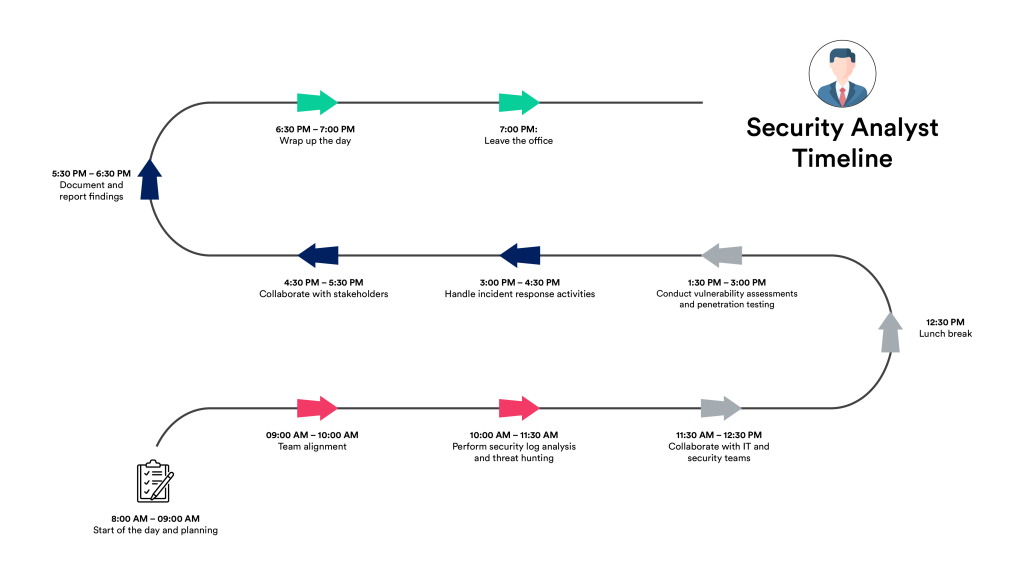
See how the BlockAPT Platform can help address these challenges in your day-to-day responsibilities:
Monitoring security alerts and analysing security logs: (Unify)
The vendor agnostic BlockAPT Platform integrates with various security data sources, including SIEM, IDS, firewalls, and threat intelligence feeds. It centralises the collection and correlation of security events, providing a unified view of the organisation’s security posture. The platform applies advanced analytics and machine learning algorithms to identify potential security threats more accurately and reduce false positives.
Conducting security investigations and forensic analyses: (Unify and Control)
With security and compliance by design, the BlockAPT Platform provides robust investigation capabilities, allowing security analysts to delve into security incidents and perform forensic analyses. It offers advanced search functionalities, visualisation tools, and timeline analysis to determine the nature, scope, and impact of security incidents more efficiently. The platform provides access to relevant contextual information, such as threat intelligence and historical data, enabling analysts to make informed decisions.
Collaborating with other IT and security teams: (Control)
The BlockAPT Platform facilitates collaboration by providing a centralised management platform with native control for task and incident management. With granular role based access control features, it enables seamless communication and information sharing among different teams including risk, compliance, and operations. Analysts can create and track events with an inbuilt ticketing capability incident tickets, assign tasks, and collaborate on investigation activities, ensuring a coordinated and efficient response.
Providing recommendations for remediation and prevention: (Unify and Control)
Leverage insights and recommendations based on real-time monitoring and analysis of security incidents. The BlockAPT Platform identifies vulnerabilities, misconfigurations, and gaps in security controls. Security analysts can leverage this information to prioritise and provide actionable recommendations for remediation and prevention reducing alert fatigue.
Conducting vulnerability assessments and penetration tests: (Unify and Control)
The BlockAPT Platform supports automated vulnerability scanning and penetration testing capabilities. It automates the scanning process, identifies vulnerabilities, and prioritises them based on severity and potential impact. Analysts can efficiently conduct assessments and generate detailed reports from one interface, helping them identify weaknesses in the organisation’s IT infrastructure and applications.
Participating in incident response management: (Control)
The BlockAPT Platform captures and analyses the actions and decisions made during incident response management, providing valuable insights to enhance incident response plans and improve the organisation’s security posture.
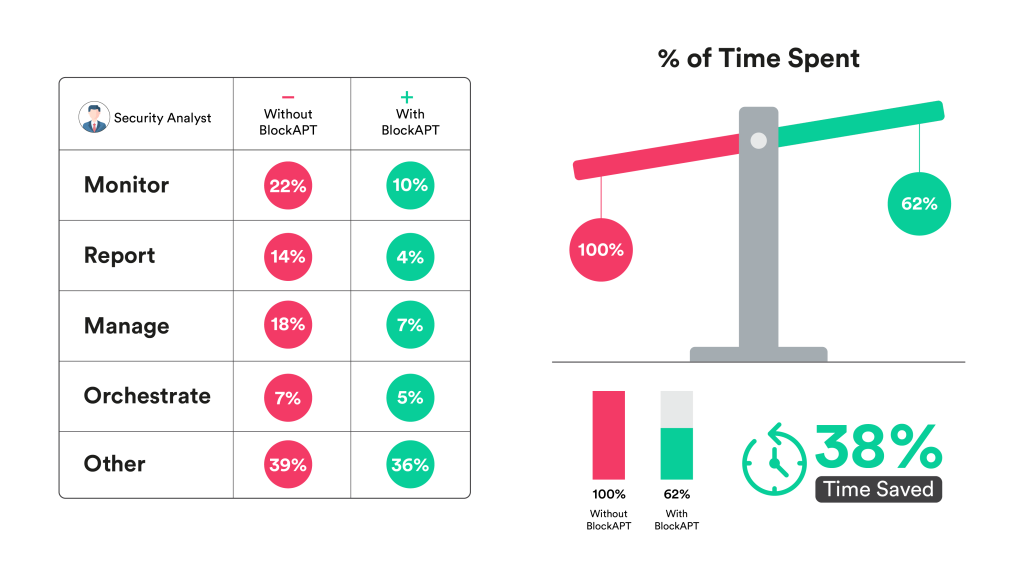
Experience the power of the BlockAPT Platform to streamline operations, align security with business goals, stay ahead of threats, simplify compliance, and enhance collaboration – all in one unified platform experience.
Request a demo or have an exploratory call with us to find out more – contact BlockAPT here.
